ASCIA First Aid Plan for Anaphylaxis
 Anaphylaxis is the most severe type of allergic reaction and should always be treated as a medical emergency. Anaphylaxis requires immediate treatment with adrenaline (epinephrine). If treatment with adrenaline is delayed, this can result in fatal anaphylaxis.
Anaphylaxis is the most severe type of allergic reaction and should always be treated as a medical emergency. Anaphylaxis requires immediate treatment with adrenaline (epinephrine). If treatment with adrenaline is delayed, this can result in fatal anaphylaxis.
![]() ASCIA First Aid Anaphylaxis Pictorial Poster A4 2025
ASCIA First Aid Anaphylaxis Pictorial Poster A4 2025
MILD TO MODERATE ALLERGIC REACTIONS
SIGNS
- Swelling of lips, face, eyes
- Hives or welts
- Tingling mouth
- Abdominal pain, vomiting - these are signs of anaphylaxis for insect allergy
ACTIONS
- Stay with person, call for help
- Locate adrenaline device
- Phone family/emergency contact
- Insect allergy - flick out sting if visible
- Tick allergy - seek medical help or freeze tick and allow to drop off
|
Mild to moderate allergic reactions may not always occur before anaphylaxis
|
SIGNS OF ANAPHYLAXIS (SEVERE ALLERGIC REACTIONS)
Watch for ANY ONE of the following signs:
- Difficult or noisy breathing
- Swelling of tongue
- Swelling or tightness in throat
- Wheeze or persistent cough
- Difficulty talking or hoarse voice
- Persistent dizziness or collapse
- Pale and floppy (young children)
ACTIONS FOR ANAPHYLAXIS
• If unconscious or pregnant, place in recovery position - on left side if pregnant
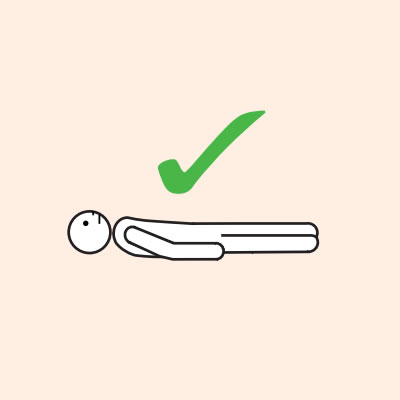
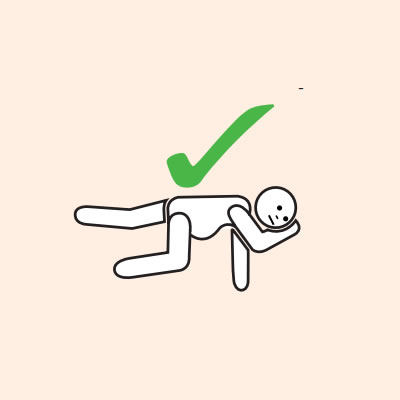
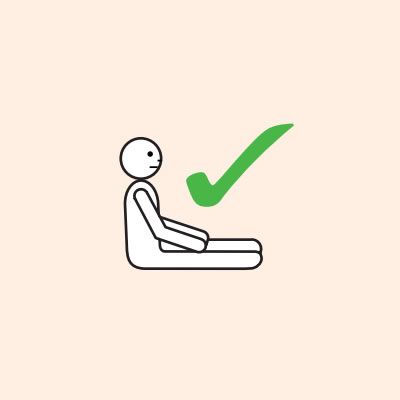
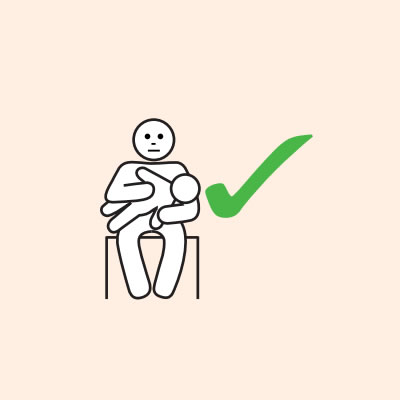
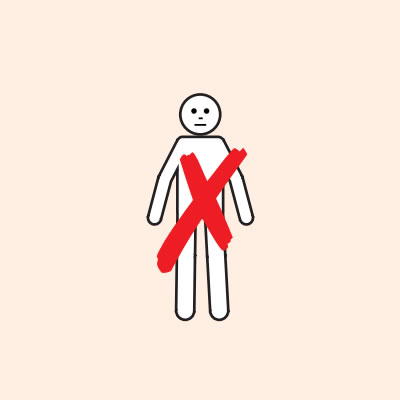
2 GIVE ADRENALINE DEVICE
3 Phone ambulance - 000 (AU) or 111 (NZ)
4 Phone family/emergency contact
5 Further adrenaline may be given if no response after 5 minutes
6 Transfer person to hospital for at least 4 hours of observation
IF IN DOUBT GIVE ADRENALINE DEVICE
Commence CPR at any time if person is unresponsive and not breathing normally
|
ALWAYS give adrenaline device FIRST, if someone has SEVERE AND SUDDEN BREATHING DIFFICULTY (including wheeze, persistent cough or hoarse voice), even if there are no skin symptoms. THEN SEEK MEDICAL HELP. |
If adrenaline is accidentally injected, phone your local poisons information centre. Continue to follow this plan for the person with the allergic reaction.
© ASCIA 2025
This document has been developed for use as a poster, or to be stored with general use adrenaline devices.
Adrenaline device instructions are available on the ASCIA website:
